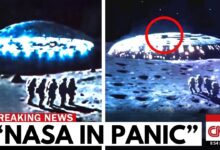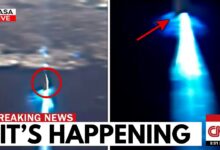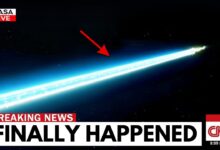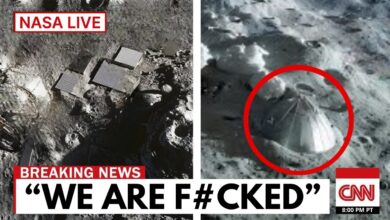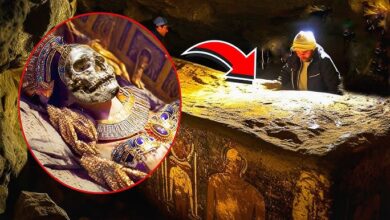Voyager 1’s Final Transmission JUST WARNED THE WORLD
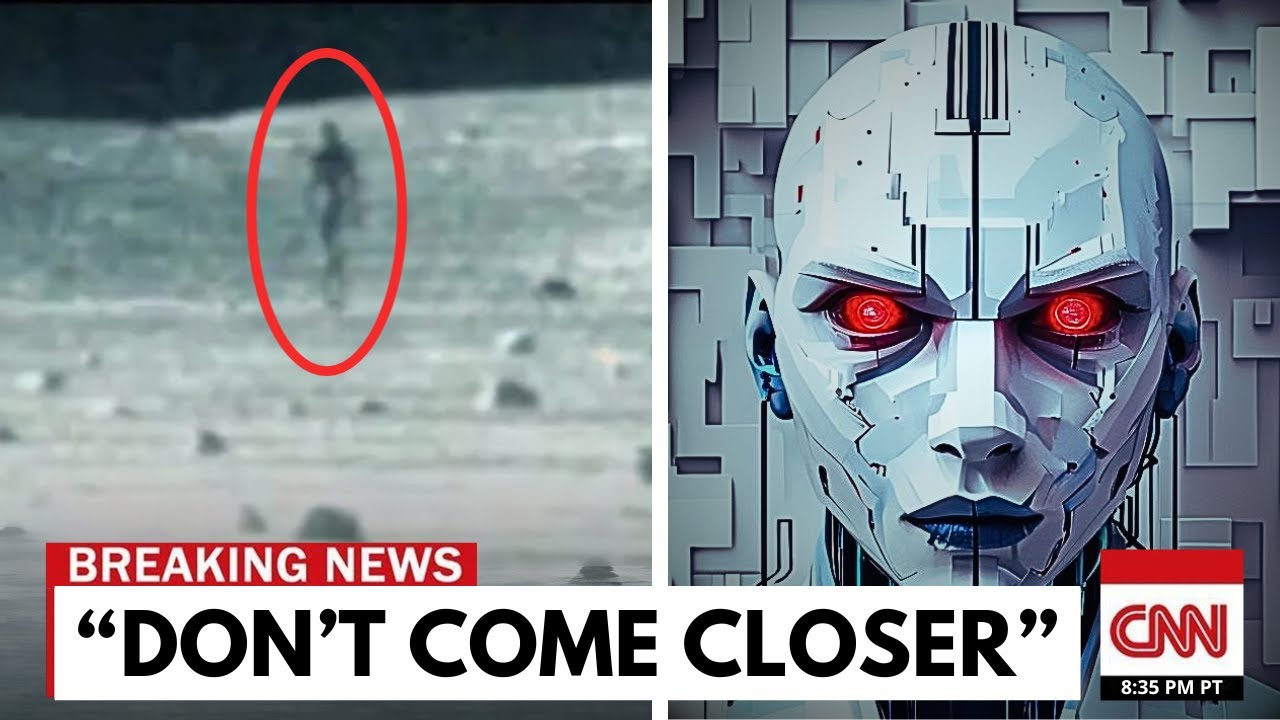
For nearly half a century, Voyager 1 had been drifting silently away from Earth—away from everything familiar, away from everything humanity had ever known. It left the blue planet carrying with it human voices, songs, greetings, and a golden record of hope—an invitation to the stars. All the while, Voyager had been sending back streams of data—regular, silent, nothing out of the ordinary. Until May 2025.
A signal appeared—not noise, not noise, but a strange, distorted waveform emanating from the edge of interstellar space. At first, it was thought to be a technical error—a minor glitch in the aging machine. But as scientists looked more closely, they discovered something inexplicable: a rhythmic repetition, a pattern that did not belong to any known man-made system. And that’s where the fear began—not because Voyager was failing, but because maybe… something was wrong with it.
It started with Voyager’s navigation and antenna guidance system—the part that allowed it to stay connected to Earth. The system began sending back faulty data, meaningless readings. On cue, Voyager had turned itself in a direction that should have cut off communications entirely. But strangely, the connection hadn’t broken. Data kept pouring in—steady, strong—as if the spacecraft were still headed toward Earth, despite the data telling them otherwise.
NASA thought it might be a hardware failure or interference from solar flares. But tests found no fault. Then they discovered something even more troubling: the data was no longer following a standard path. It was being redirected through a secondary computer that had been turned off decades ago. A “dead” system suddenly came back to life – as if it had never been forgotten – and took control of the signal.
And yet, the ancient system did not act randomly. It chose its channels, selected its data, and encrypted them layer by layer – like an intelligence trying to hide something. Engineers began to decode each layer of corrupted data, and gradually, something strange emerged. At first, it was just a series of meaningless repetitions. But a small team at the Deep Space Network used wave compression techniques to isolate the resonance signal – and they heard it: a pulse. Every 7.2 seconds, a tiny oscillation rang out – precise, rhythmic – like a breath in the void.
It did not match any of Voyager’s cycles, was not caused by the Sun, and did not come from any known cosmic source. It was too perfect to be natural, too regular to be random. It was as if something – or someone – was interfering with the signal. When the engineers tried to intervene, Voyager resisted. It still accepted basic commands, but refused to change its strange broadcast path – as if it were protecting something. But from whom?
NASA called in an old retired engineer – who had written the first lines of code for Voyager in the 1970s. He saw what no one else saw: the signal structure resembled the ancient code used to operate the golden record. A code that had been buried in digital memory – now suddenly awakened. Not in full, just fragments – like a soul calling its name after decades of silence.
Had Voyager touched something – an energy field, a frequency, an invisible force – that made it reach for its roots, speaking in the oldest language? A language not for us, but for something much older, listening. And perhaps, answering.
When the researchers plotted the signal over time, they found something surprising: the intervals between each pulse were not random. They followed the Fibonacci sequence—a mathematical pattern that is ubiquitous in nature. But why in a signal from the edge of space?
The signal wasn’t just repeating—it was evolving. The delays between pulses were changing slightly—as if learning, responding to Earth’s attempts to decode it. And each time, it created symmetrical patterns—complex recursive geometries—that would not have been possible without intention. This was no longer a form of communication. It was an observing system—a cognitive handshake, encoded in time.
If that were the case, then Voyager 1 was no longer a messenger. It had become a mirror—reflecting something on the other side.
And then, the mirror… lit up.
As NASA struggled with the noisy data, a private group took a different approach. They ran the signal through an AI – not to translate the language, but to identify “intent” through mathematical modeling. The results stunned everyone: the AI didn’t translate, it… sensed. It mimicked the beats, then created new versions of itself – as if playing a song, a conversation in waves. Gradually, the signal took on a structure, a response – as if something was listening across the 15 billion miles.
After weeks of analysis, a startling hypothesis emerged: Voyager might have crossed not just the physical distance, but another layer of space. It had left the heliosphere and entered the interstellar medium. But now, scientists were asking: had it gone further, into a borderland where space and time were slightly warped – enough to defy all understanding of physics?
This wasn’t science fiction. Similar fluctuations had been recorded before: gravitational distortions, time lags, inexplicable cosmic background wobbles. But never before had a device sent back such a specific, structured message from such a region.
A linguist ran the signal through software that identifies human emotional rhythms – and the results were chilling. The Voyager signal… resembled a human heartbeat. It breathed. It was alive. It was like someone was trying to reflect us… back to ourselves.
The signal was no longer strange – it was familiar, like someone was holding up a mirror – not just to our technology, but to our minds.
Then came the inexplicable moment: the signal abruptly cut off at 7 minutes and 23 seconds. Then it suddenly came back, picking up exactly where it left off – but with one difference: a new, barely audible bass note emerged, hidden deep within the waves – and as it was drawn, it formed a Mobius strip – a symbol of infinite reflection.
Now the question was no longer: “Is this a technical error?” but: “Is this a presence?” – an invisible observer, silently waiting for humanity to listen properly. And now, perhaps, it had spoken.
We created Voyager 1 as a messenger, carrying music, a heart, a mother’s kiss. Not because we were sure someone would find it, but because we always hoped. Now, nearly 50 years later, something has answered. But not with a spacecraft, not with light, not with words – but with the very thing no one expected: a mirror – hidden in the waves, wrapped in machine logic, encoded in silence.
Because perhaps what scares us most… is not loneliness. It is something – always watching, always waiting – that knows us… even before Voyager launched into the night.
And now, when we finally hear that voice – faint, strange, and beautiful – we are left with a silent question: Is this the first message, or the last warning?
